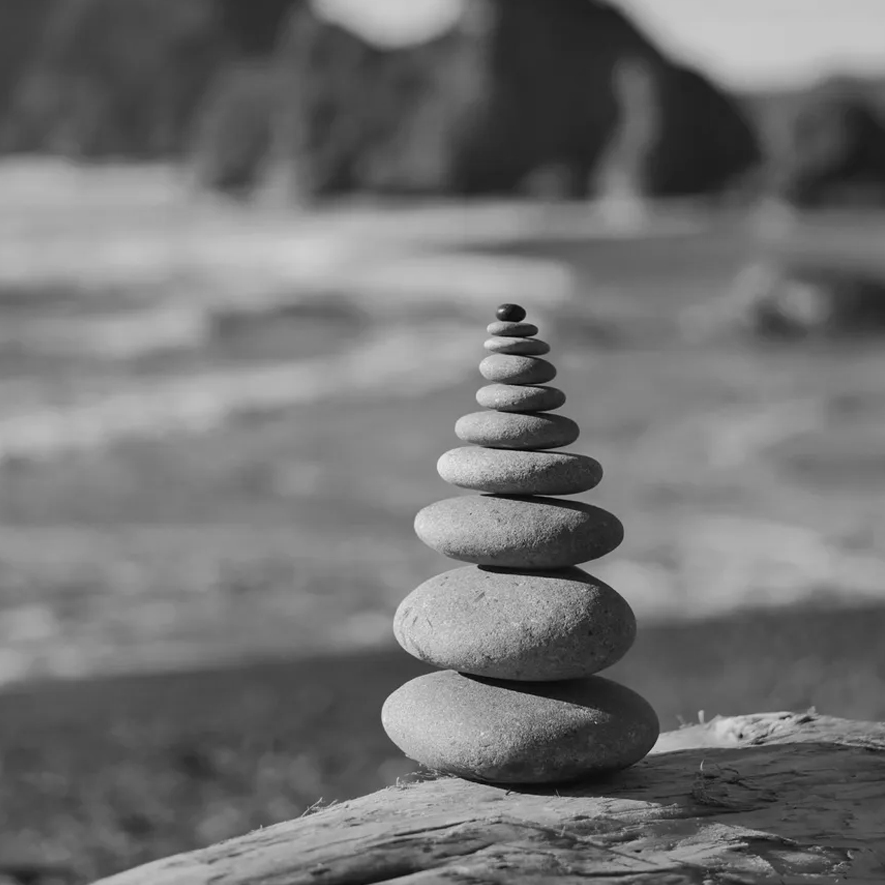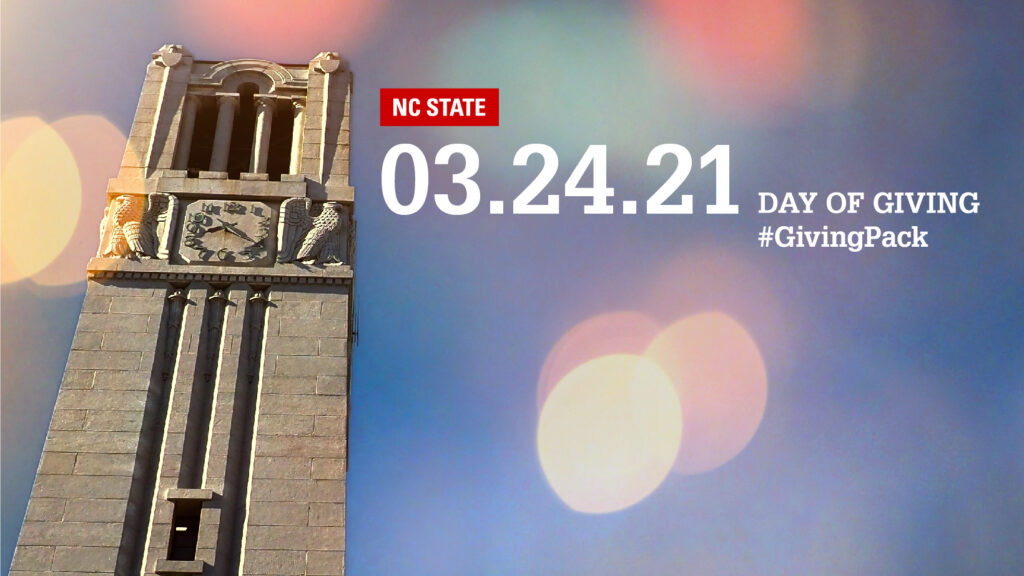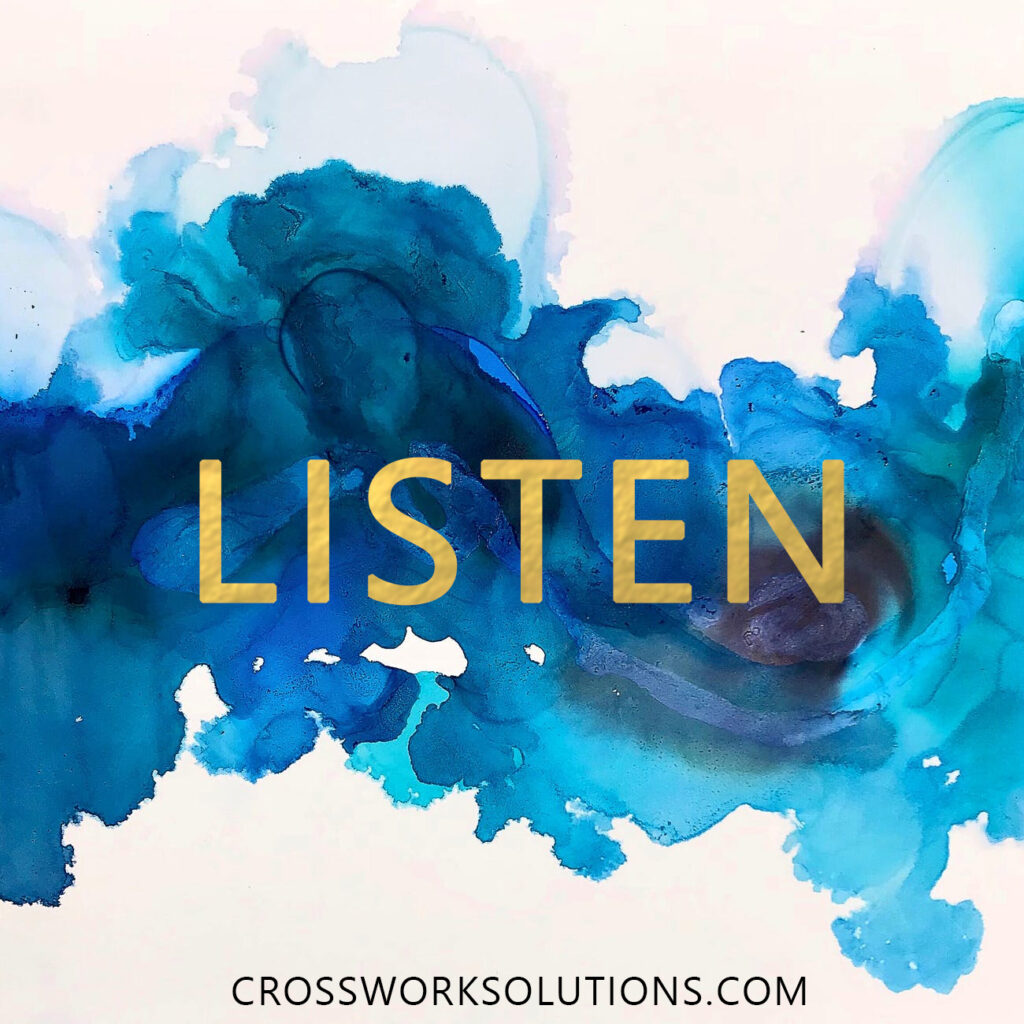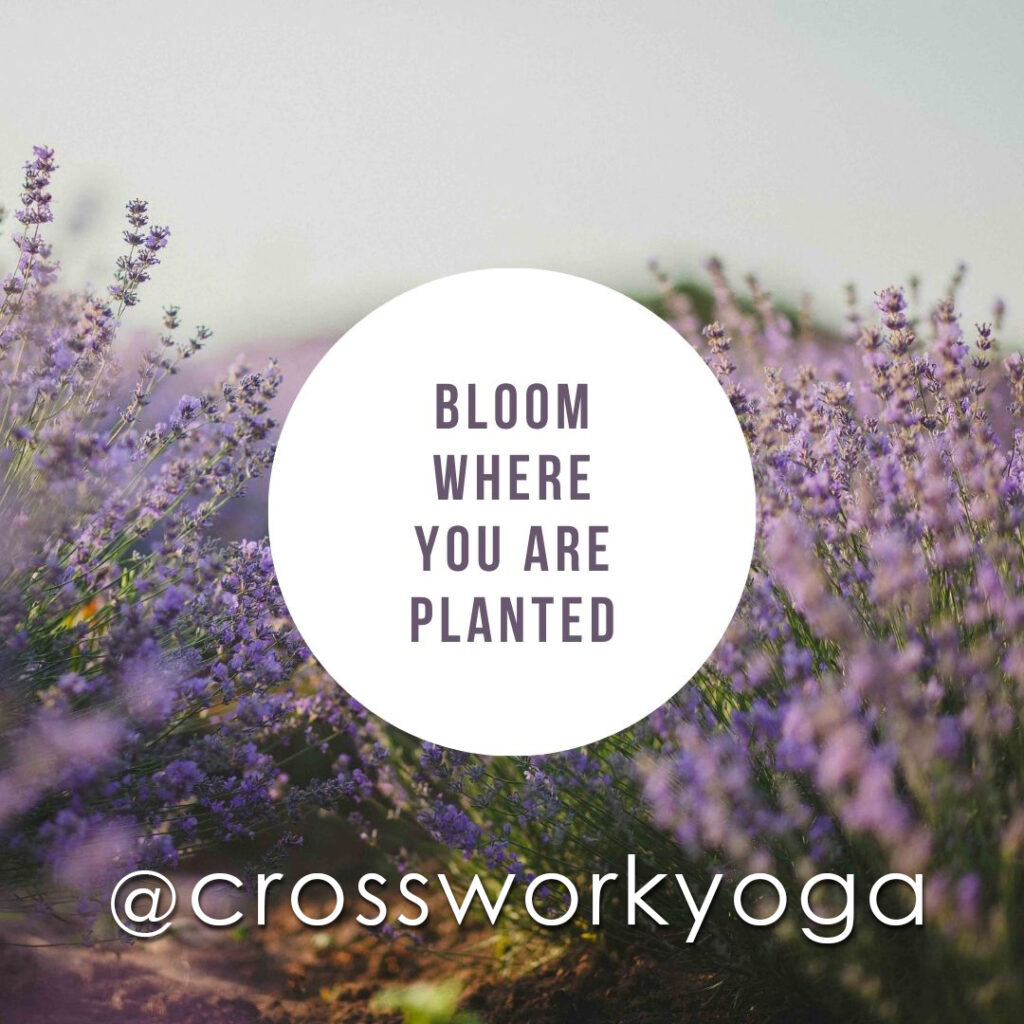Developing a morning routine is often seen as a Type A personality trait or a tool people use to increase productivity. If we examine routines more closely, we find that even basic routines are pretty useful to almost everyone. In fact, for better or worse, you probably already have a few.
- Forgetting your gym clothes
- Wondering if you unplugged the iron
- Leaving your coffee on the kitchen counter
- Yelling at your loved ones to get in the car because you’re late
Those habits don’t really comprise an ideal morning. What are more preferable habits?
- Walking or playing with your dog
- Reading
- Making a healthy lunch
Morning routines are really just intentionally healthy habits. A routine means that you have found the flow that works for you, and you are trying to do basically the same thing each morning so you can give your brain a break from decision-making, save time, curb forgetfulness, or foster positive interpersonal communication. Maybe you have other reasons!
Currently, my morning routine includes:
- Brushing my teeth
- Putting up my hair
- Gardening in my greenhouse
- Yoga
- Reading and meditating
The rest of the day, my plans are usually pretty loose. I try to go with the flow and not let others’ plans throw a wrench in our day. Some days are easier than others. The reason morning routines are helpful is that they can bring us closer to balance. They may offer a familiar assurance. The stability of a morning routine contributes to filling my well of inner peace. Then I can draw from that peace if things around me seem frustrating, chaotic, or uncertain.
Download your free Crosswork Mindful Morning guide.















